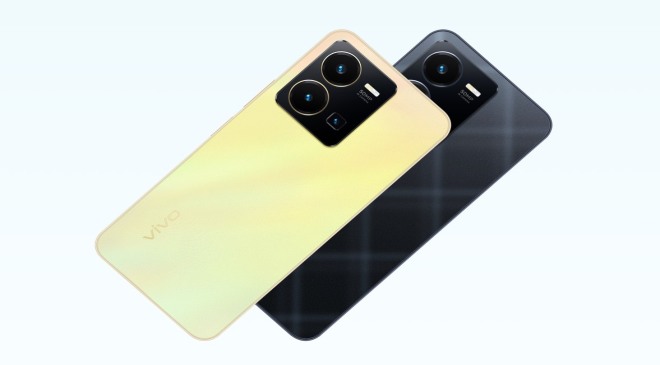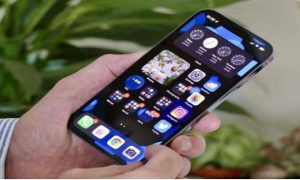What is it?
Vivo is not yet a big name in South Africa, but that is changing, as consumers discover what made it the most popular smartphone brand in China, where it has 20% market share. Already, it is ranked number five globally.
That would only come as a surprise if one hasn’t been taking note of the brand’s trajectory for the past three years. Already in 2020, the Vivo X50 Pro was ranked in this column as the smartphone of the year, thanks to “camera technology from the future”. Aside from high-resolution lenses, the camera was backed by an internal gimbal system that enabled the device to capture some of the most stable photos and videos on the market.
Read More:-Amazon deploys AI to summarize product reviews
Now, it has introduced yet another camera innovation, pointing to features that can be expected to become mainstream in other smartphones over time. The Vivo
Aside from a high-performance, ultra-thin 4nm chip, and a display with 120Hz refresh rate – two features associated with high-end flagship cameras – it introduces something Vivo calls the Aura Light Portrait System. It uses a 64 megapixel rear “Ultra-Sensing Camera” to offer longer exposure and consequently increase light intake – by six times, according to Vivo – and thus produces more stable snapshots and boosts the quality of images taken in low-light.
Read More:-Will the Lebanese parliament manage to elect a president today?
Added to this, it uses hybrid image stabilisation, which combines optical stabilisation (OIS) with its electronic equivalent (EIS). That means it steadies videos both in real time while it is being captured, and using software once the image is captured. Vivo says it makes computations and movements up to 10,000 times per second, giving smoother, more stable, and clearer footage.
In combination, these features are as significant as the built-in gimbal from a few years ago, and show that Vivo will push the boundaries to keep up with the camera innovation coming from Huawei and Samsung.
Read More:-She made a joke about MH370. Now Malaysia is trying to get Interpol involved.
The 32 MP front camera offers a multi-style portrait system offers different templates to personalise images, but in practice is not as ground-breaking as the rear camera, as taking selfies tend to be spur-of-the-moment actions, spoiled by too much finicky fine-tuning.
The display is a generous 6.78″ 3D curved screen housed in a device only 7.36mm thick and weighing 180g, making it delightfully slim, compact and comfortable in the hand despite the large screen.
Read More:-Malaysia Airlines Eyes British Airways Business Seat For New Airbus A330neos
The 4 nm processor is a MediaTek Dimensity 7200, promising both low power consumption and higher processing speed, and a substantial performance boost over the previous generation of MediaTek chip. This makes for seamless opening and switching between apps
Despite longer battery life, Vivo has looked after heavy users with 66W FlashCharge technology and an advanced cooling system, allowing the device to be charged to 50% in 19 minutes while the screen is off.
Also Read– Aegean & Cyprus Airways To Announce Codeshare Agreement
What does it cost?
The Vivo V27 5G is available at major retailers and telecommunications partners at R16,999.
Why does it matter?
Vivo creates products based on several values that drive both its design and the intelligence built into its smart devices. The core values include Benfen, a term describing the attitude on doing the right things and doing things right, which Vivo says is the ideal description of its mission to create value for society. This extends to user-orientation and design-driven value, reflected in the extent to which high-end features are constantly introduced into mid-range devices in terms of pricing. While the V27 5G is positioned at the top end of that md-range, it would not be out of place among the high-end devices of other smartphone manufacturers.
Also Read– Wizz Air touts record traffic, sees return to profits ahead
What are the biggest negatives?
- Slim form factor means a smaller battery than usual for a flagship phone, at 4600mAh.
- No expandable storage.
- So much effort went into the cameras, sound quality is left behind, with no Dolby Atmos support or stereo speakers.
What are the biggest positives?
- Sleek, slim and stylish. It looks good and feels good.
- 66W Fast charging, makes up for the smaller battery.
- Superb camera quality, with HDR10+ support.









































